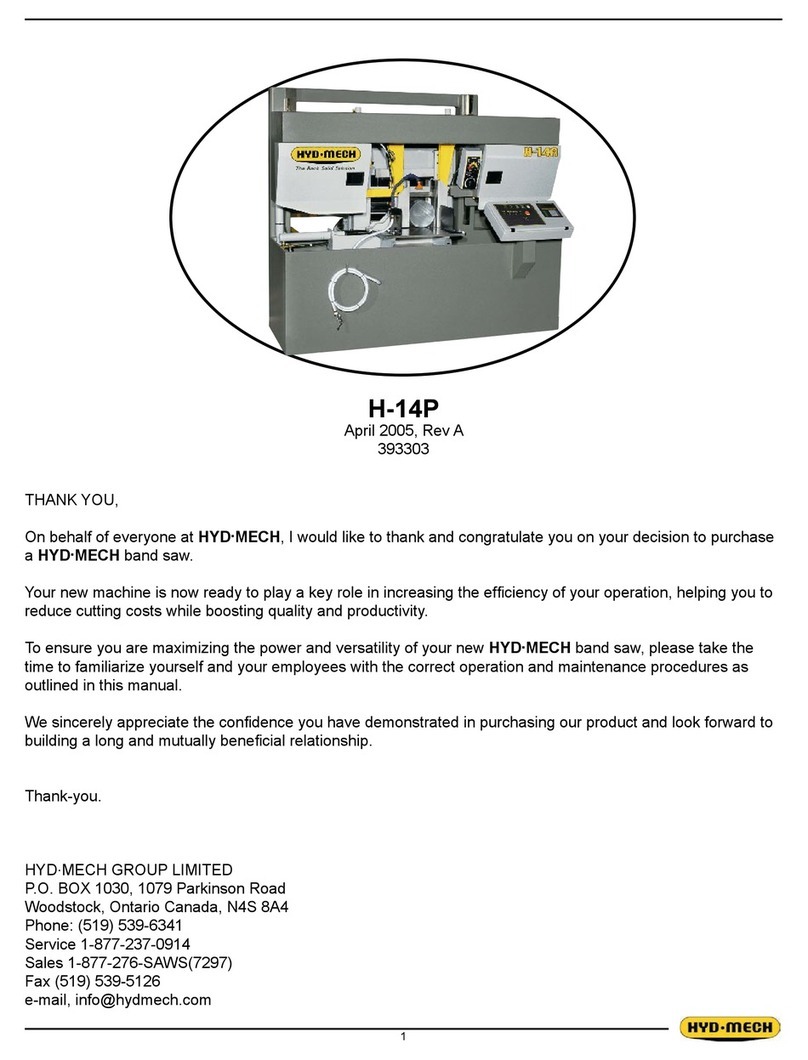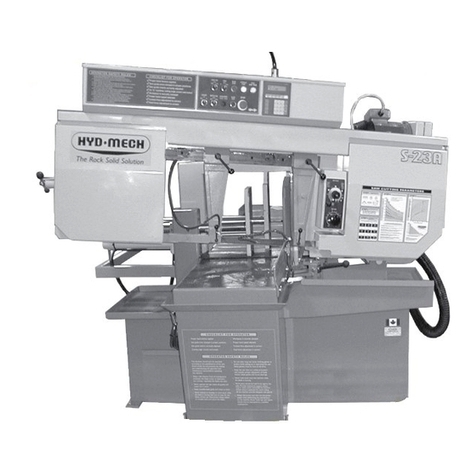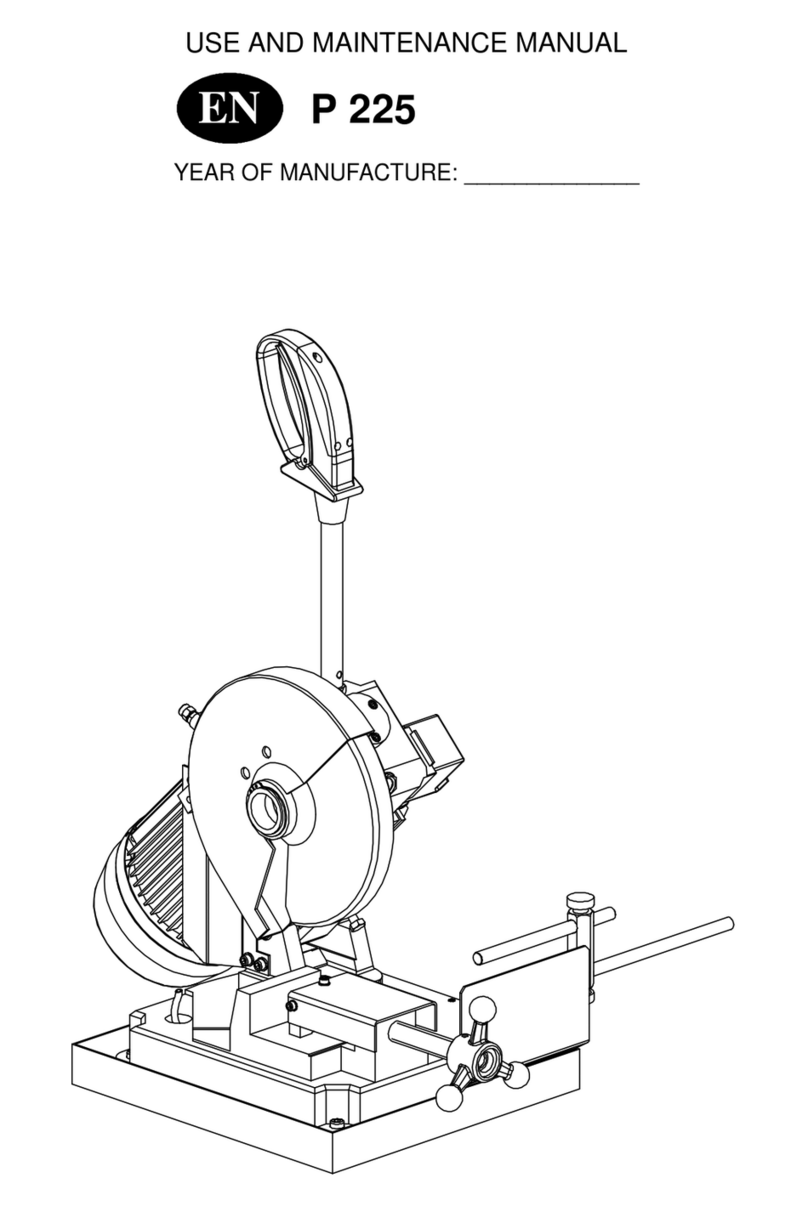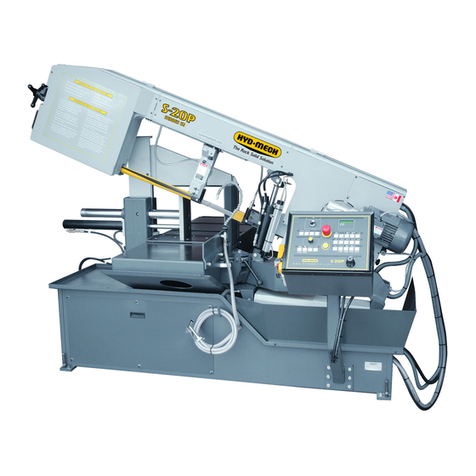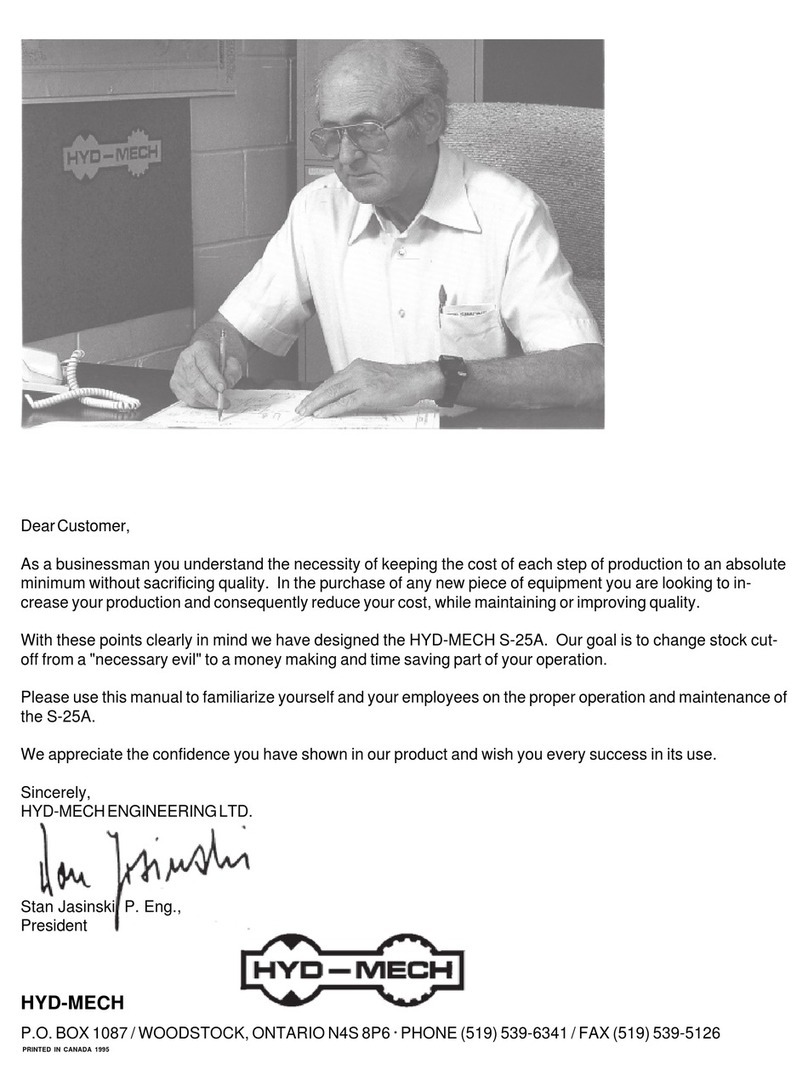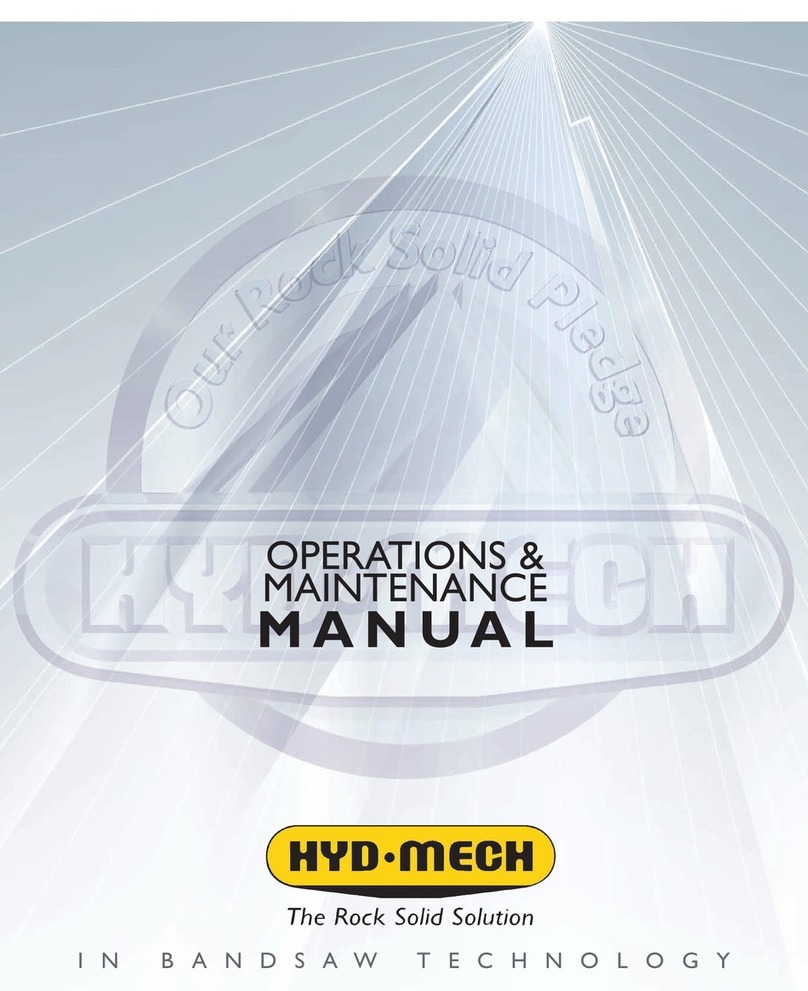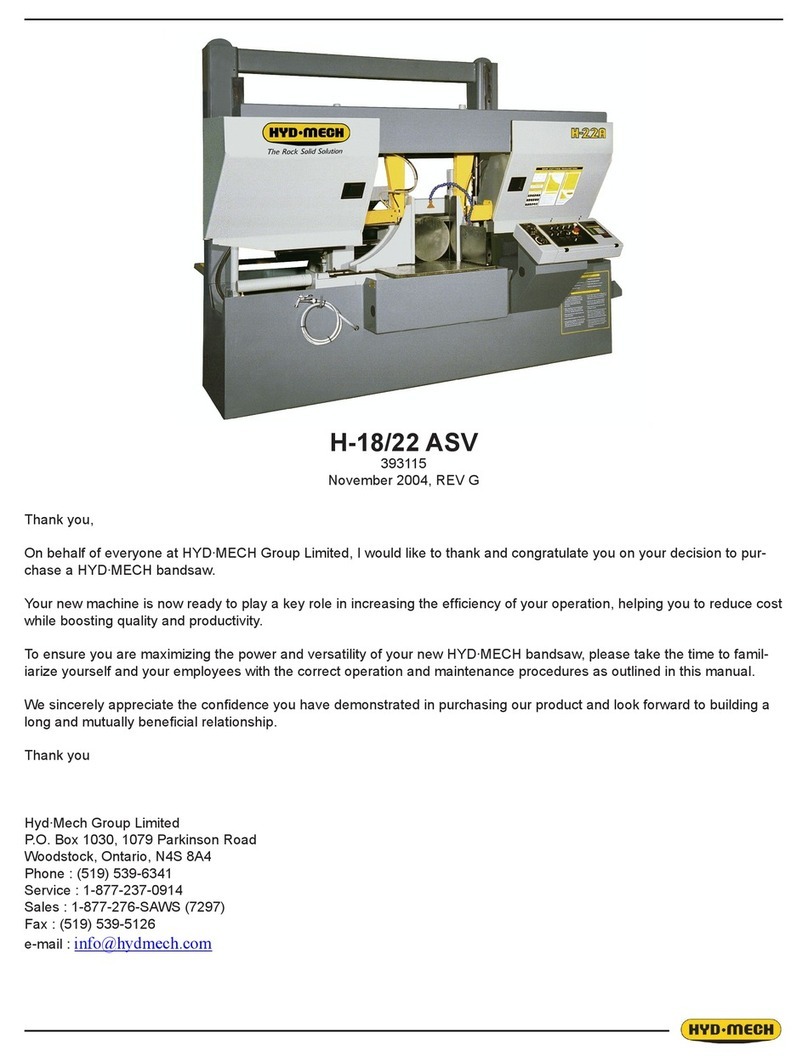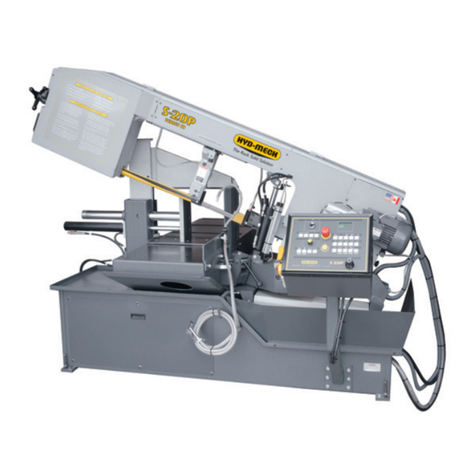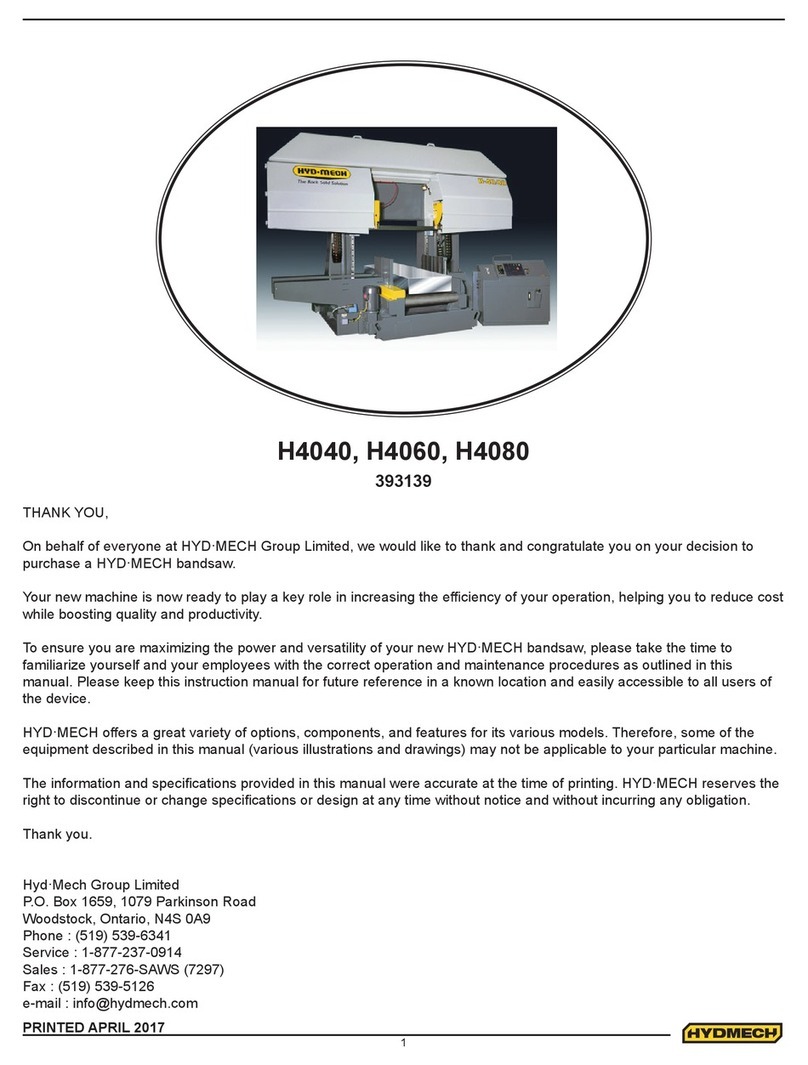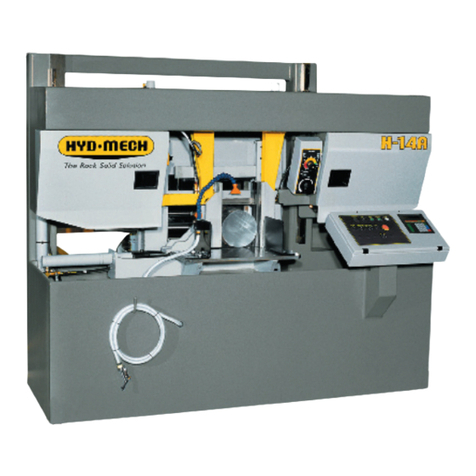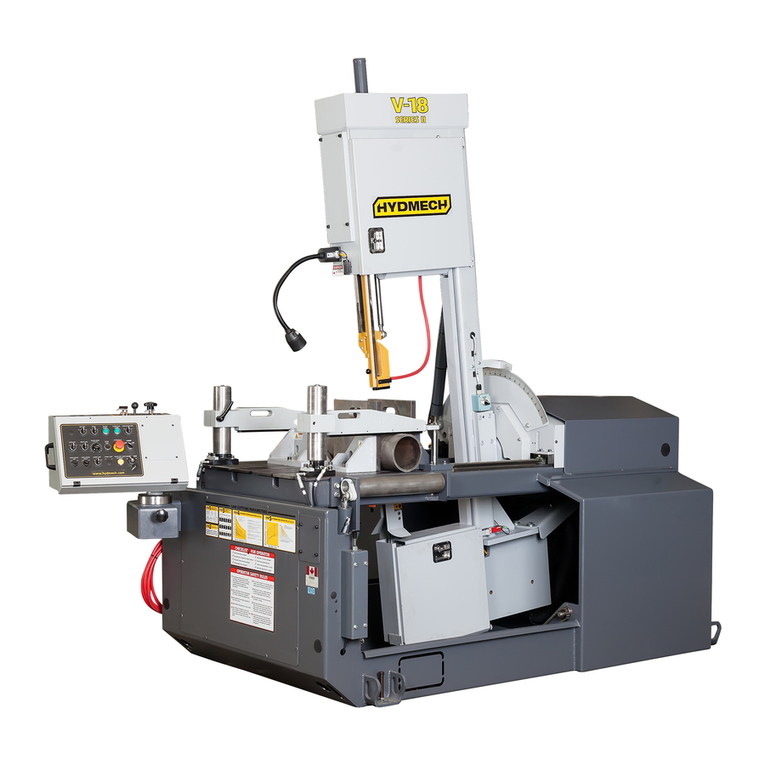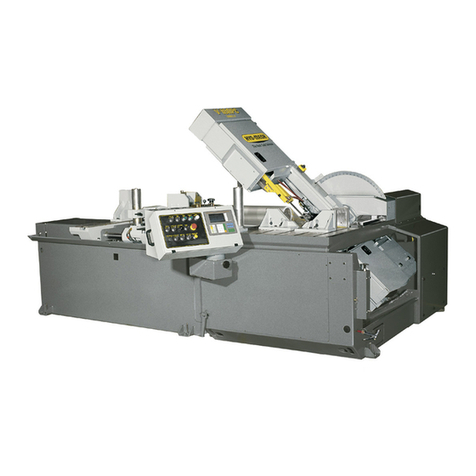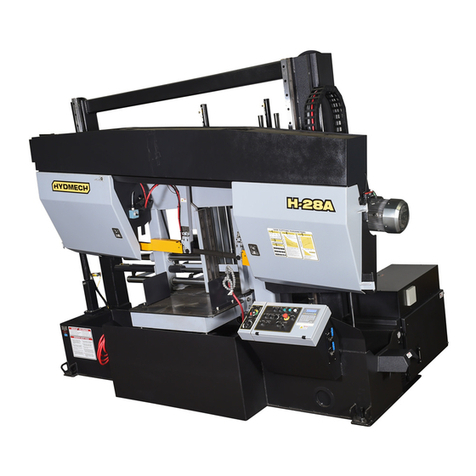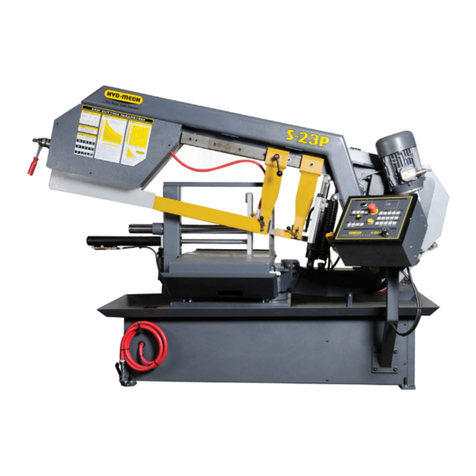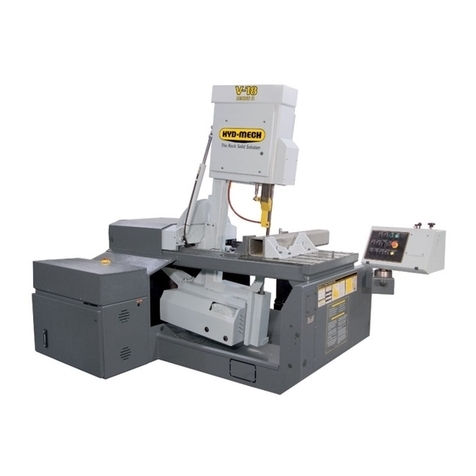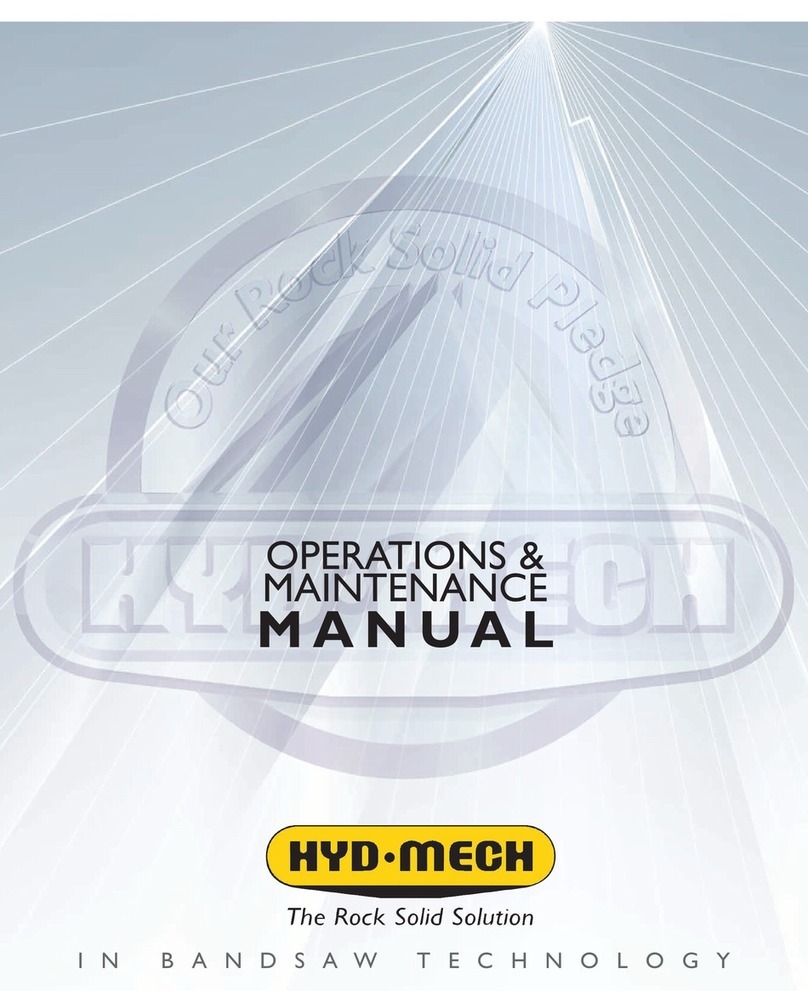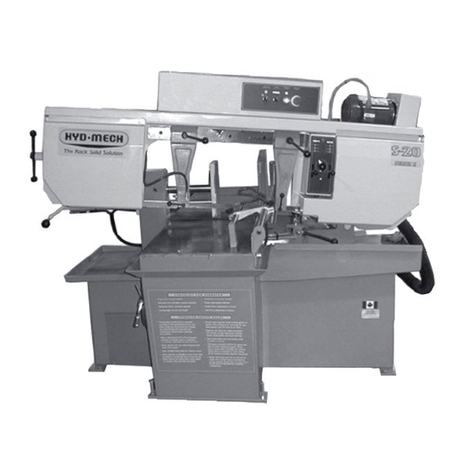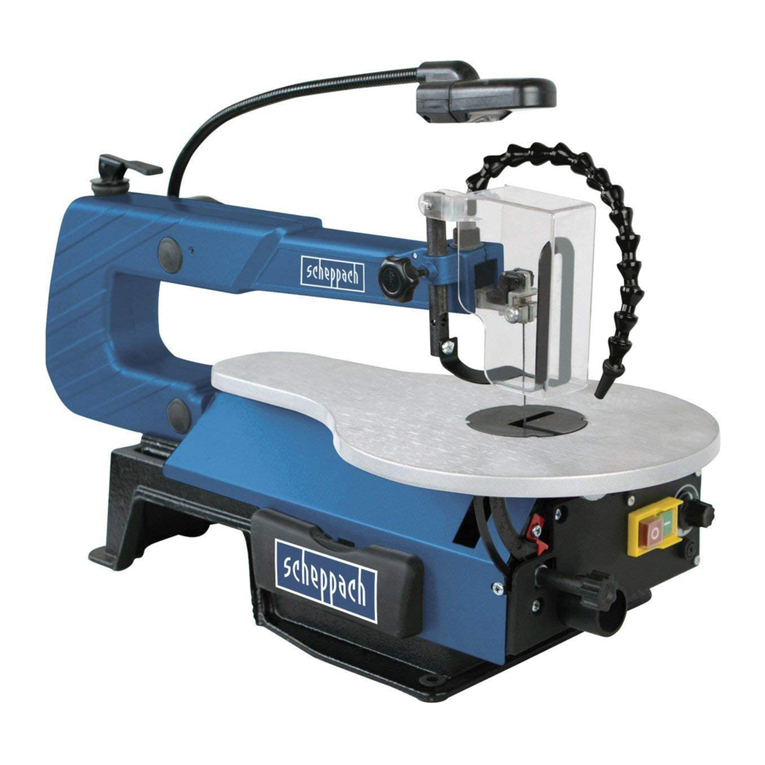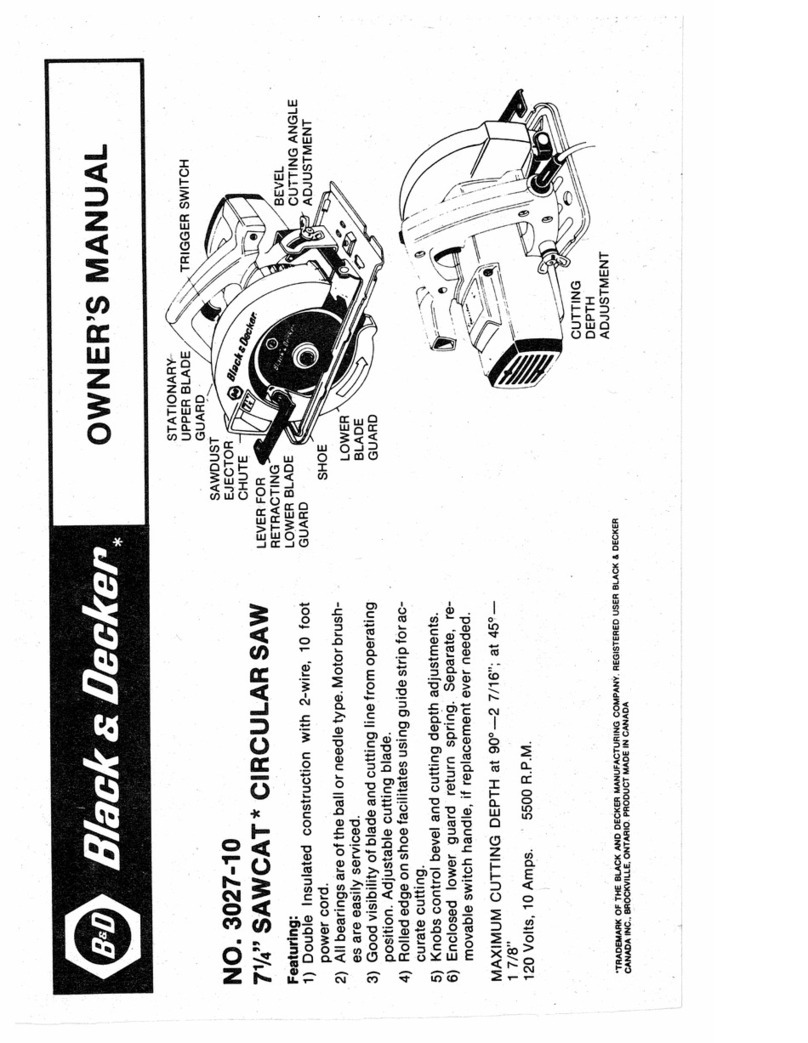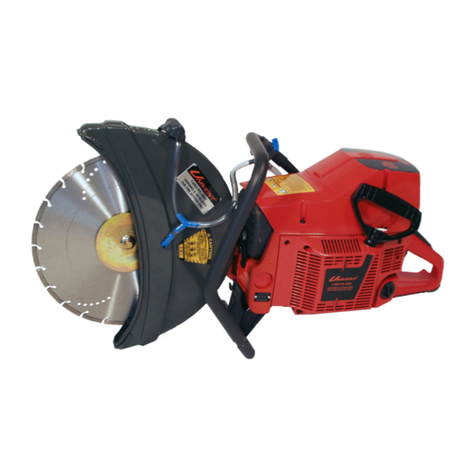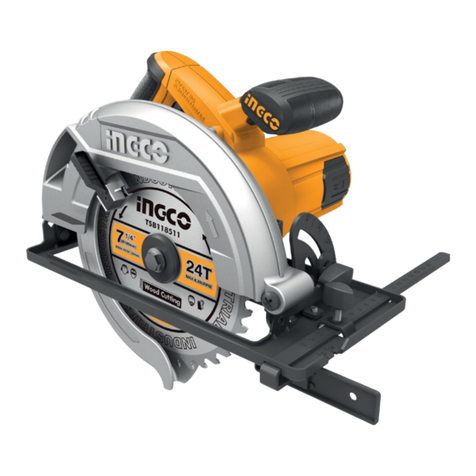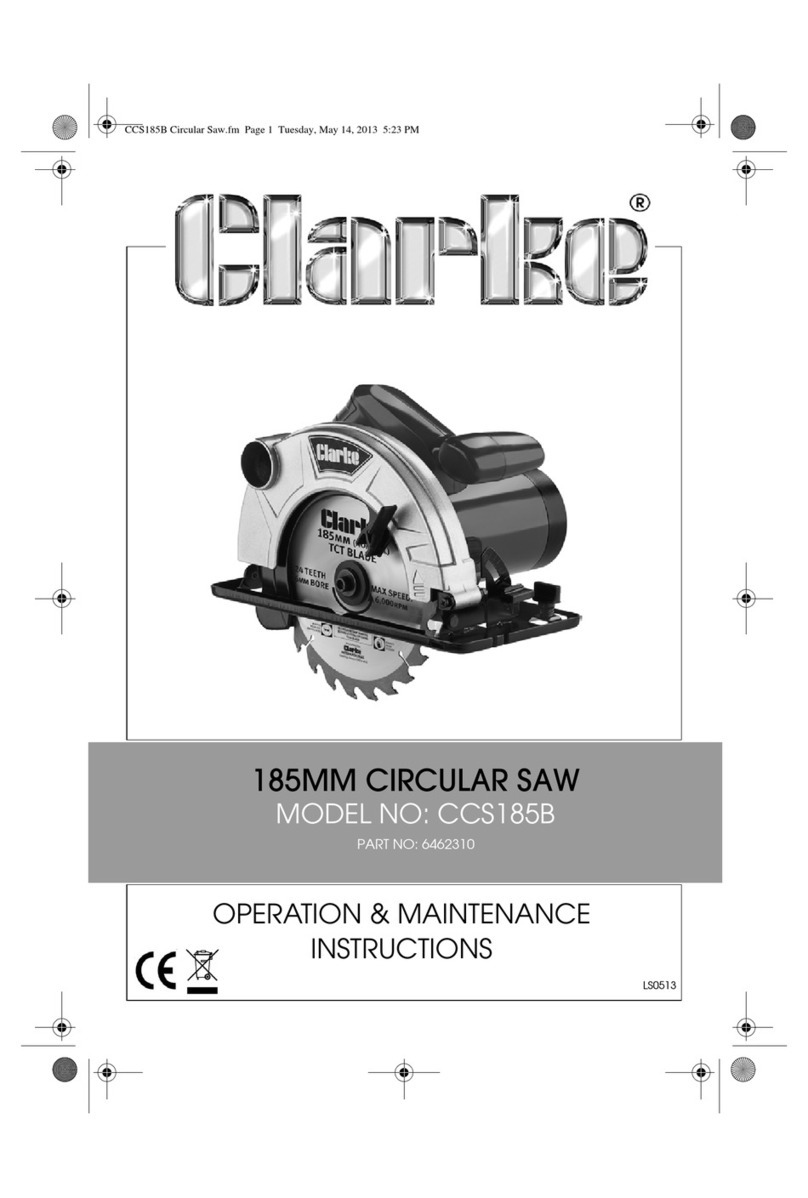
i
TABLE OF CONTENTS
SECTION 0 - SAFETY INSTRUCTIONS
SUMMARY .......................................................................................................................................0.1
BASIC RULES .................................................................................................................................0.4
RESPONSIBILITIES OF THE OWNER ...........................................................................................0.5
RESPONSIBILITIES OF THE OPERATOR AND MAINTENANCE PERSONNEL .........................0.6
SAFETY HAZARD LABELS............................................................................................................0.9
LOCATION AND PART NUMBERS OF SAFETY HAZARD LABELS...........................................0.10
SECTION 1 - INSTALLATION
SAFETY PRECAUTIONS ................................................................................................................1.1
LIFTING THE S20A WITH A FORK LIFT ........................................................................................1.2
FOUNDATION, LEVELLING AND ANCHORING............................................................................1.3
EARTH GROUNDING PROCEDURE..............................................................................................1.3
POWER WIRING CONNECTIONS..................................................................................................1.4
HYDRAULIC OIL .............................................................................................................................1.4
CUTTING FLUID..............................................................................................................................1.4
SECTION 2 - OPERATING INSTRUCTIONS
OPERATOR CONTROL PANEL......................................................................................................2.1
START-UP........................................................................................................................................2.1
CONTROL CONSOLE .....................................................................................................................2.2
OPERATION CONTROLS ...............................................................................................................2.2
HYDRAULIC FEED CONTROL.......................................................................................................2.2
STARTING THE MACHINE ............................................................................................................2.10
MANUAL MODE Machine Operation............................................................................................2.12
SETTING HEAD UP AND HEAD DOWN LIMITS...........................................................................2.13
PROGRAMMING JOBS..................................................................................................................2.13
PROGRAMMING THE QUEUE .....................................................................................................2.14
BLADE KERF ................................................................................................................................2.15
AUTOMATIC MODE Machine Operation ......................................................................................2.16
STEP ...............................................................................................................................................2.22
BLADE CHANGE MODE (BCM) ....................................................................................................2.23
